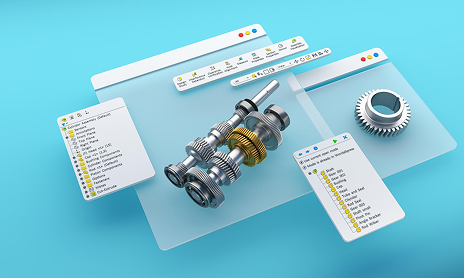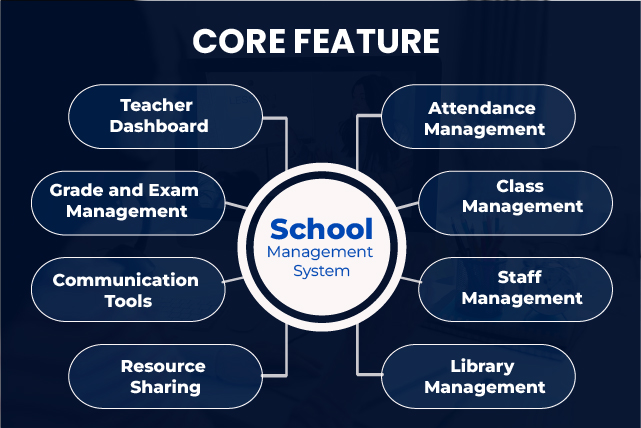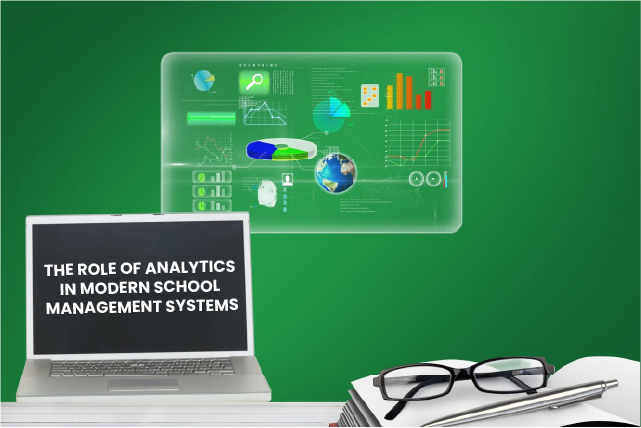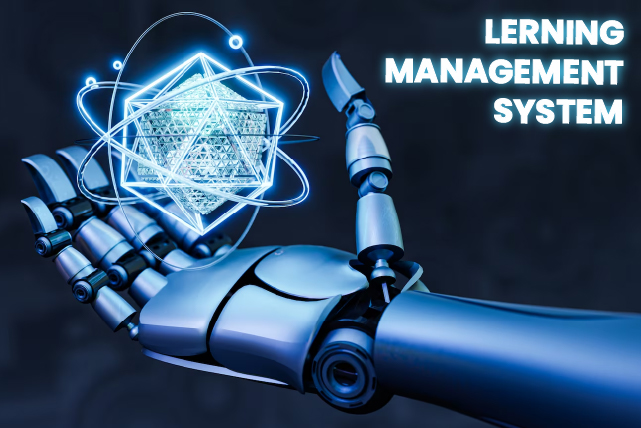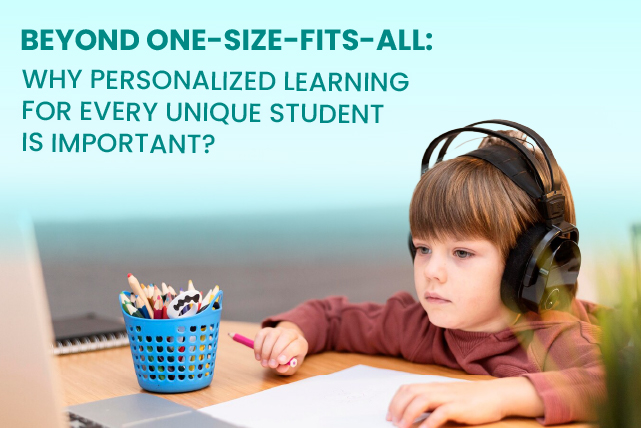
Beyond One-Size-Fits-All: Why Personalized Learning for Every Unique Student Is Important?
The traditional learning method schools, colleges, or universities use is not necessarily bad. However, it lacks significant modifications and targeted assistance. In a one-size-fits-all educational setting, students are often deprived of their unique requirements. These individual needs pale into the background, leading to academic decline while educators face the challenge of helping hundreds of students acquire decent grades. Reasonably, this loss is often beyond compensation.
Personalized learning is one such approach that leans on concepts like zone of proximal development (ZPD), which is an indispensable part of educational psychology. This addresses the gap between how learners perform independently and with assistance. Each learner has diverse skills that can be mastered with guidance; this is why these skills are called proximal. With ample assistance and care, students expand their capabilities to perform these skills independently.
This blog attempts to emphasize how these skills can be learned through a personalized learning environment.
What is Personalized Learning?
In simpler terms, this teaching approach understands that every student is unique and learns at a different pace–quite the opposite of what traditional learning offers. It's more like putting the students first and giving precedence to their autonomy. When thinking of personalized learning, it's easy to get distracted. You may think it refers to "learning for special needs," while, in essence, it places a strong emphasis on the students and their individualized learning.
To understand better, think of a classroom where students of diverse backgrounds and skills gather and expose themselves to static and inflexible lessons. In such an environment, you will often notice students discussing how they could have understood something better if the methods were different and how they could upscale their calibre if specialized learning or skill-building sessions existed.
These overlooked expectations of students result in discontentment and, eventually, poor outcomes. Considering these imminent circumstances, personalized learning promotes student-focused learning because not every student learns the same way. So why should they all be taught the same way?
In such a setup, students leverage a customized learning plan that dives into the psyche of each student, as in how they learn best, what they already know, and what skills they need to develop. For the sake of the argument, think of a student who excels in visual learning and another who thrives on hands-on activities.
Having personalized learning implemented in your LMS or school management software, you can offer more graphic-based resources to the visual learner and more practical assignments to the hands-on learner.
Broader Objective of Personalized Learning
What you will see in a standardized teaching environment is that their methods don’t account for specific needs, individual strengths, or diverse learning speeds. As a result, students harbor overwhelming emotions while others feel unchallenged. This is where personalized learning comes into play to identify these gaps by shifting to a learner-centered approach. In this context, the educators don't employ the same static lessons but rather take each student on a one-on-one path.
All the known "how, when, where, and why" of learning are customized to appease the needs of each student's skills, needs, strengths, and interests. Here, the core objective is to leave no stone unturned when it comes to matching the diverse paces in which students may learn without tinkering with the standards for a high school degree. Even though having such a classroom is yet to become a reality for everyone, modern schools are already adopting personalized learning to meet the global standards of education.
How Personalized Learning Works
The way personalized learning works differs from one school to another. This is not a rigid method with fixed criteria. Rather, it takes different approaches tailored to meet diverse needs. However, here are four universally used models that schools adopt:
1. Schools implementing learner profiles:
Here, schools that are utilizing the learner profiles model allow their educators to keep each student’s unique strengths, requirements, progress, motivations, and goals in the loop.
Getting real-time updates about how each student is performing and adopting to the lessons, teachers remain informed and make timely interventions. Quite the opposite of a standard report card, these learner profiles are updated regularly, offering valuable feedback to assist students in the right direction.
However, these profiles aren’t only for teachers. Students also benefit from these profiles by keeping track of their own growth.
What is more, teachers, students, and often the parents get a clear picture of how things are rolling out and whether the adjustments in learning methods or objectives add value or not–all before any issues or setbacks arise.
2. Schools embracing personalized learning paths:
Such schools focus on helping each student carve out a unique learning journey, adapting along the way based on their progress, interests, and goals. We are talking about a school where each student’s schedule is crafted to reflect weekly updates on how they are performing academically and what subjects are sparking their curiosity.
As a matter of fact, these schedules aren’t inflexible. Rather, they are nothing alike. Each student witnesses a blend of learning methods, such as working on group projects, tackling skills independently, and receiving one-on-one assistance from teachers.
The spectrum of these schedules is often referred to as modalities that empower students to upscale at their own pace to understand each concept without any rush. These schools know that learning should be a linear process, not a task to be done in haste.
In this whole journey, while students are transforming at different speeds, teachers stand firm to ensure no one falls behind. By thoroughly tracking their progress, educators step in with additional help whenever it's convenient so that each student explores their own path to success without any fear of derailing.
3. Schools adopting a competency-centered advancement model:
In this type of school, learners go through a continuous learning journey. Their progress is measured against clear, achievable goals rather than just focusing on passing a single test. Here, teachers encourage the students so they can truly master essential skills, knowledge, and primary philosophies, like resilience.
If you want to grasp it better, picture a student who needs to strengthen math skills. Here, the student can work with a teacher to apply these skills in a practical setting. It can be an internship opportunity at a retail store where math becomes integral to real-world problem-solving. At the end of the day, without hands-on experience, concepts often remain abstract.
Hence, with this model, students achieve optimal flexibility in how they showcase what they've learned, allowing them to handle several skills simultaneously. Such personalized learning pushes students to reach their full potential, and students remain motivated to take on multiple opportunities.
The goal emphasizes continuous growth and an unwavering hunger for learning, always moving forward to the next challenge. Don't fret; tailored support is always there to guide them every step of the way.
4. Schools integrating flexible learning environments
Unlike the competent-based learning model, this one adapts to the environment students learn in, focused on how they learn best. In this context, schools prioritize things like the physical setup of the class, how regular school days are structured, and how the teachers are assigned. Apart from the learning method itself, the environment student learn in also plays a vital role in their overall growth. It boils down to how the design, space, and resources are utilized in classrooms.
A lot of work goes into reshaping the traditional framework to prioritize flexibility, such as creating a learning area within a classroom for different activities or arranging chunks of time dedicated to group projects. Additionally, schools that adopt this model transition to a more dynamic, responsive classroom as opposed to rigid setups by offering flexible seating arrangements, varied workstations, and accessible technology.
Rooted in design thinking, this approach puts student needs at the heart of the learning experience and helps each student to progress in a way that’s best suited to their individual goals.
Differences Between Traditional Learning vs Personalized Learning
This segment explores the key differences between traditional learning and personalized learning across various aspects:
|
Aspects |
Traditional Learning |
Personalized Learning |
|
Concept |
All students follow the same, inflexible curriculum and progress at the same pace, and the goal is standardization. |
The learning experience is tailored to individual needs, interests, pace and strength. Focus is always on student-centric growth. |
|
Technique and Methodology |
Generally relies on textbooks, lectures, and standardized evaluation. |
Employs a variety of techniques such as project-based learning, small group lectures, adaptive technology, self-paced modules etc. |
|
Budget |
Typically, the initial cost is lower since integrating technology isn't the main focal point. |
For the most part, it requires a higher budget due to hefty investments in software, resources, tools and training. |
|
Teacher Role and Requirements |
Teachers mainly focus on delivering uniform knowledge to the entire class. |
Here, educators take on more complex tasks, need specialized skills like data analysis, and adapt to technology. |
|
Student Assessment |
Depends heavily on standardized exams and measures the performance based on the same criteria for all students. |
Utilizes a plethora of assessment methods, including formative assessment, portfolios, and practical projects. |
|
Learning Environment |
The classrooms are generally arranged in rows or grids, more like a fixed layout. |
Flexible environment with modular furniture, breakout areas, and spaces for collaborative or individual projects. |
|
Technology Integration |
Limited computer labs or occasional use of digital tools since most of the learning is analogue. |
In this context, technology is key. Students either have their own devices or use LMS (learning management system) to monitor individual growth and access resources. |
|
Student Agency |
Learners have limited choices and are bound to follow instructions from educators and schools. |
Students have more freedom and individual learning autonomy. They take ownership of their learning by determining objectives and deciding how to finish a task. |
|
Outcomes and Objectives |
Primary goal is to meet universal benchmarks and achieve a passing grade where success is gauged by test scores. |
Here, the objective is mostly growth-oriented, focusing on evolving competencies, critical thinking, and life skills. |
6 Reasons Why Personalized Learning is Important For Every Unique Students
It's only plausible that students will learn and perform better if the lessons merge their expectations and comprehension skills. Hence, every learner must explore their motivations, aspirations, passions, and interests through learning.
Treading the rocky uphill road becomes less daunting when learners tackle each task independently and add their personal touch to the mix. Moreover, personalized learning allows for leeway and promotes ownership of one's educational journey to foster deeper engagement and incentive.
Below, we have compiled a list of reasons to corroborate the importance of personalized learning-
1. From a very early stage of their lives, learners build the habit of accountability. They take full responsibility for their learning while navigating numerous avenues and voicing their concerns and repressed opinions.
2. If you want your students to derive pleasure from their lessons and retain their enthusiasm along the way, personalized learning is the best bet. As more students actively participate in lessons, ask questions, and soak up new information, teachers ensure higher engagement.
3. This type of learning gives a platform to cultivate “self-advocacy skills” where students can stand up for themselves with proper reasonings to back their opinions and interests.
4. Since personalized learning doesn’t fixate on a static curriculum, students witness significant productivity improvement. Instead of learning about the things they already know, they can focus on more challenging tasks that can be achieved with guidance.
5. Students learn to face their weaknesses in a healthy manner where constructive criticisms are taken positively and improvements are driven by self-reflection.
6. This learning approach reduces the stigma of specialized learning and promotes individualistic education.
Common Challenges in Personalized Learning
The greater the obstacle, the more glory there is in overcoming it—personalized learning is no different; it comes with its own set of problems and intricacies. While the concept of personalized learning is easier to grasp theoretically, applying it in practice is much more challenging.
However, if you are already utilizing online platforms like LMS and SMS, then undertaking these impediments becomes more daunting and complex.
Here are some of the common challenges that most K-12 schools, colleges, and universities may witness-
· Integrating Data within the school’s IT systems is tricky.
· Maintaining a fair balance between varied learning practices is often harder than the eyes can see.
· Teachers may struggle to keep up with delivering lectures and attending training programs simultaneously.
· Managing and allocating time becomes harder as there’s a lot to consider.
· Certain infrastructure might need changes, which translates to high capex.
· Requires a significant amount of investment and sponsorships.
While we understand the gravity of these challenges and their effect on an organization, we also believe that it's an achievable goal. For assistance or any remaining queries, you can book a consultancy with Onest Schooled, which specializes in customizing learning experiences within your learning management system or SMS software.


